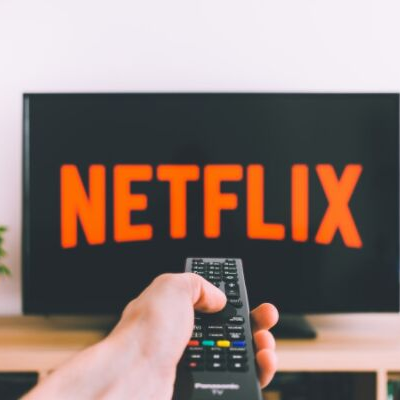
By: Matthew Kaiserman, Junior Account Executive
Ten years ago life was simpler. If you wanted to watch a show or movie you simply turned on the TV and flipped through the channels. If nothing was on that caught your eye, you could always have Netflix ship you a movie or two or stop by Blockbuster. Sure your options were limited, but TV was what it was supposed to be, mindless.
Flash-forward to 2019, and the content landscape is vastly different. There is a clear shift away from the standard cable package as consumers are looking to many different mediums to watch their favorite shows and movies. Recent innovations have made content much more accessible to consumers, but is there too much access?
Apart from the vast amount of content shared across social networks like YouTube, Instagram and Twitch, we are now seeing a rise in subscription video on demand (SVOD). Where a few years ago, Netflix used to own the SVOD space, today there are so many new faces that have entered the ring, that consumers may be facing a content overload. From the rise of Hulu, HBO Go and Amazon Prime to the recent announcements of Apple TV and Disney Plus, the market is quickly becoming very crowded.
The SVOD space was born out of a need to give consumers more diversity in the content they receive and offer a cheaper, a la carte business model as opposed to the traditional cable subscription. Yet, with the number of SVOD providers today, consumers may not be saving money or ease by cutting the cable cord. Contracts restrict the type of content shared on each platform, so consumers are forced to buy subscriptions to several SVOD’s if they want full access to their favorite movies and shows. An innovative idea has quickly become a case of too much of a good thing.
Where cable television limited the choices that consumers had in their content, we are quickly moving towards a place that may give consumers too many options that they can’t afford. This saturation of the market can lead to consumer fatigue and completely turn off younger generations to the SVOD model. Instead of buying three or four subscriptions, Gen Z and millennial consumers can watch most of their content on IGTV or YouTube for a fraction of the price. It is a slippery slope for networks to find a sustainable and innovative model is the new, post-cable world.
But what does this mean for brands and the changing way they reach their audiences? Well, now there is not one central place for marketers and ad teams to target consumers. Apart from marquee events like the Super Bowl, Grammys or Olympics, you can never guarantee eyeballs on cable television. While this is a slight exaggeration, over the next five years we will see even more significant decreases in cable viewership, particularly by younger demographics.
For brands, this means being more creative about the mediums in which they connect with their audience, and thinking about reallocating their ad spends. Many companies are shifting their ad dollars over to social as a means to connect with many consumers who primarily live on those platforms. Another popular tactic is over-the-top advertising on SVOD platforms like Netflix and Hulu.
Yet it is clear that there is a conundrum for brands and platforms alike on how to retain consumer interest, while reshaping their business model. Legacy thinking must be thrown out in favor of dynamic, progressive ideas. Traditional advertising is now moving towards a hybrid of digital, experiential and content marketing. Brands are not only fighting the uphill battle of building consumer support, but also must now find the right avenue to reach their audience.